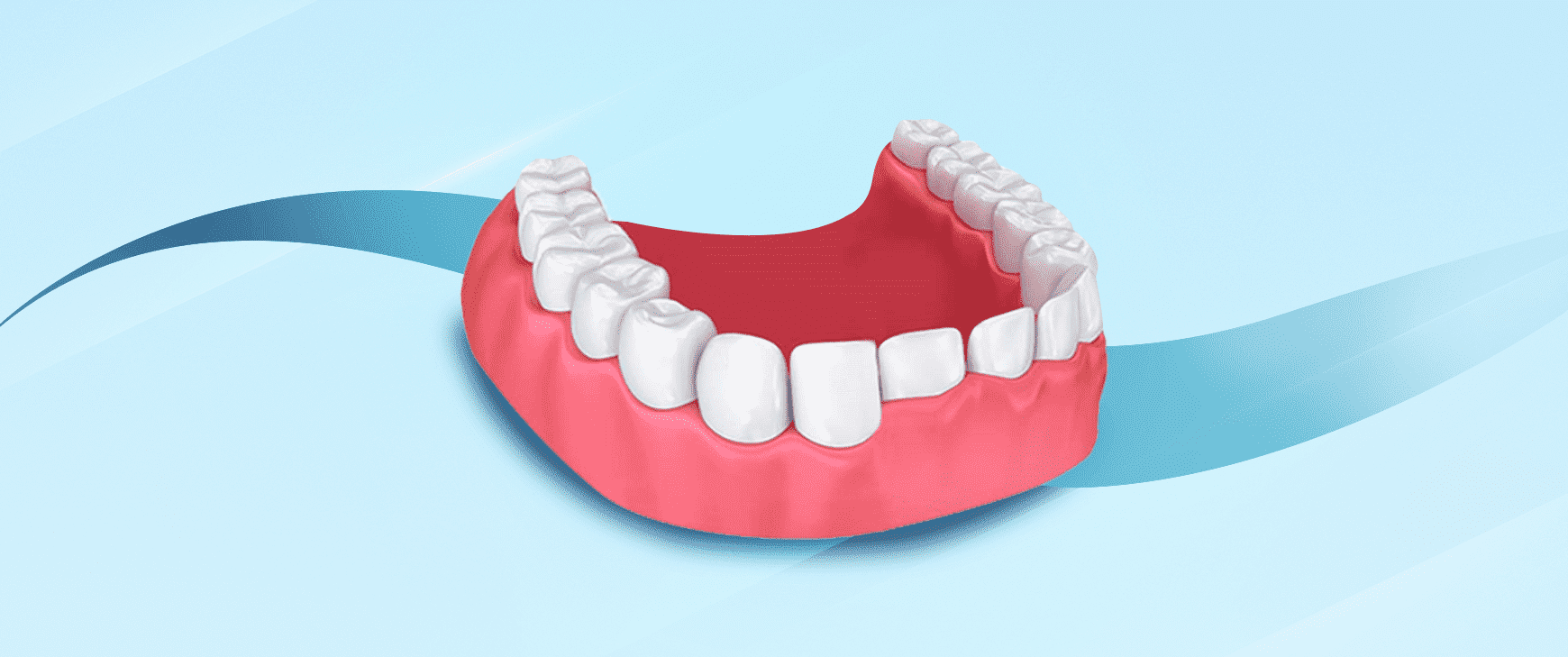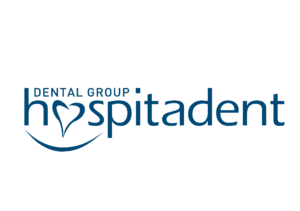Curettage Treatment
Salih ÖNDER2023-10-26T15:17:14+03:00What is Curettage Treatment?
Curettage treatment is the process of deep cleaning of the diseased and damaged tooth in order to prevent gingival disorders. Curettage treatment, which is very important in cleaning the tartar and bacteria formed at the points where the gums meet the teeth, can often be confused with tartar cleaning. While the tooth surface is cleaned in tartar cleaning, bacteria that have started to progress towards the root of the tooth are cleaned in curettage treatment.
Who is Curettage Treatment Applied to?
Curettage treatment is generally applied to patients who apply to dentists with the complaints of bleeding, swelling or bruising in the gums. Delayed recognition of these symptoms requires curettage rather than scaling, which is a simpler procedure. If the patients go to the dentist’s control every six months and are examined, the occurrence of discomfort in the gums is prevented.
What are the Advantages of Curettage Treatment?
As with all dental treatments, the main advantage of curettage treatment is to protect oral and dental health. However, gingival disorders can be prevented before they become more major. Cleaning the bacteria in the mouth prevents other oral and dental disorders and prevents health problems that may occur together with it. It also prevents problems such as osteoporosis and tooth loss by protecting the health of the jawbone.
How Is Curettage Treatment Performed?
Curettage treatment is usually performed under local anesthesia. The first procedure to be done after the patient is under anesthesia is to insert a sharp cutting tool into the gingival pockets in order to clean the dead tissue and bacteria. The same process is applied for all teeth and gingival pockets until the dead tissue and bacteria are removed and a deep calculus cleaning is performed. The mouth is often rinsed with a solution to clean the bacteria removed during the procedure. When the process is over, the gums are corrected to prevent the formation of tartar and bacteria.
Treatment Summary
Number of Transactions
2-3
Return to Work Process
Now
Processing Time
10 Days
Full Recovery Process
Now
Anesthesia Method
Local anesthesia
Persistence of Results
5 Years
Sensitivity Process
Non
Eating - Drinking Process
2 Hours Later
Note: *The information and recommendations on this page are for informational purposes only. Please consult your doctor for diagnosis and treatment. WhatsApp line.
Bütün İşimiz Diş


